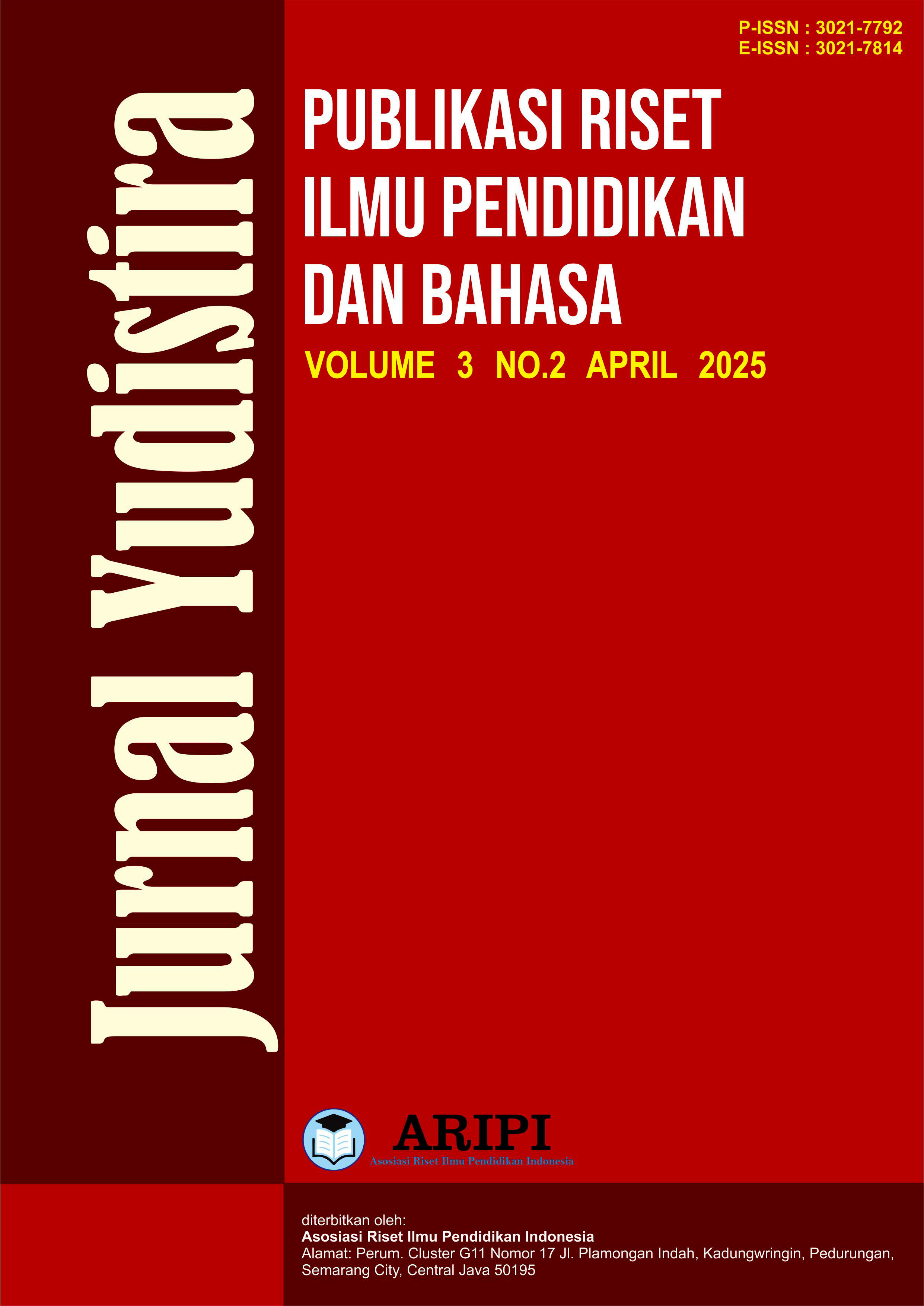Analisis Dampak Penggunaan Gadget Sebelum Tidur terhadap Kualitas Tidur dan Prestasi Belajar Siswa
DOI:
https://doi.org/10.61132/yudistira.v3i3.1952Keywords:
Use of gadget, sleep quality, learning achievement, parental roleAbstract
Advances in technology have led to an increase in gadget use among students, including the activity of using electronic devices before bedtime. This study used a qualitative approach, collecting data through student questionnaires and in-depth interviews with classroom teachers. The study involved 10 Year 5 students as main respondents and 1 class teacher as a supporting respondent. The results identified four themes: (1) students' habits in using gadgets before bedtime, (2) students' views on the impact on sleep quality, (3) teachers' views on the impact on students' learning, and (4) parents' role in supervision. The results showed that the majority of 5th grade students use gadgets 30-120 minutes before bedtime, with the habit of using gadgets to play games, watch videos and use social media. This study also found that students with good parental regulation and supervision of gadget use had better sleep quality and more stable academic performance. The results of this study highlight the importance of education on the wise use of gadgets, as well as the active role of parents and schools in regulating and supervising students' digital activities, especially before bedtime, to support optimal academic development.
Downloads
References
American Academy of Pediatrics. (2016). Media and Young Minds. Pediatrics, 138(5), e20162591. https://doi.org/10.1542/peds.2016-2591
Darmayanti, I., Hermanto, N., Hidayati, N., Saputri, I., & Universitas Amikom Purwokerto. (2024). Menjadi orang tua digital: Panduan praktis untuk mengawasi penggunaan internet anak. Jurnal Teknologi Informasi, 5(4), 1090–1099.
Desmurget, M. (2020). La fabrique du crétin digital: Les dangers des écrans pour nos enfants. Seuil.
Gentile, D. A., Coyne, S., & Walsh, D. A. (2011). Media violence, physical aggression, and relational aggression in school-age children: A short-term longitudinal study. Aggressive Behavior, 37(2), 193–206. https://doi.org/10.1002/ab.20380
Hablaini, S., Lestari, R. F., & Niriyah, S. (2020). Hubungan penggunaan gadget dengan kuantitas dan kualitas tidur pada anak sekolah (kelas IV dan V) di SD Negeri 182 Kota Pekanbaru. Jurnal Keperawatan Abdurrab, 4(1), 26–37. https://doi.org/10.36341/jka.v4i1.1252
Kuss, D. J., & Griffiths, M. D. (2017). Social networking sites and addiction: Ten lessons learned. International Journal of Environmental Research and Public Health, 14(3), 311. https://doi.org/10.3390/ijerph14030311
Livingstone, S., & Blum-Ross, A. (2020). Parenting for a Digital Future: How Hopes and Fears about Technology Shape Children's Lives. Oxford University Press.
Rideout, V., & Robb, M. B. (2019). The Common Sense Census: Media Use by Tweens and Teens, 2019. Common Sense Media. https://www.commonsensemedia.org/research/the-common-sense-census-media-use-by-tweens-and-teens-2019
Risna, & Wahyuni. (2021). Pengaruh intensitas penggunaan smartphone terhadap kualitas tidur pada siswa di SMA Negeri 1 Sigli Kabupaten Pidie. Journal of Chemical Information and Modeling, 1(9), 1689–1699.
Saleh, S. (2017). Analisis data kualitatif. Pustaka Ramadhan. https://core.ac.uk/download/pdf/228075212.pdf
Surya, W., Santoso, D., Hasan, T. A., Abdillah, T. R., Fauzi, M. I., & Prodyanatasari, A. (2025). Analisis durasi dan dampak penggunaan gadget pada siswa sekolah dasar: An analysis of the duration and impact of gadget use. Jurnal Kesehatan, 2(1), 226–237.
Syarofi, Z. N. (2019). Analisis penggunaan media sosial terhadap prestasi akademik mahasiswa. Perpustakaan Universitas Airlangga.
Twenge, J. M. (2017). iGen: Why Today’s Super-Connected Kids Are Growing Up Less Rebellious, More Tolerant, Less Happy--and Completely Unprepared for Adulthood. Atria Books.
Downloads
Published
How to Cite
Issue
Section
License
Copyright (c) 2025 Jurnal Yudistira : Publikasi Riset Ilmu Pendidikan dan Bahasa

This work is licensed under a Creative Commons Attribution-ShareAlike 4.0 International License.






